I’ve been shooting film since I was a kid, starting with my fisher price 110 camera. I learned to develop my own black and white in 2001 and have on and off kept shooting film ever since. I went through a big digital phase, when Canon released the Digital Rebel 300D, I picked up my first digital SLR, next, when the 5D came out, I had to have it.
At the same time I was learning digital, in 2005, my apartment burned down, and I lost all of the film I shot between 1996 and 2005, causing me to almost entirely drop film at that point. Years down the road and a few hundred thousand digital shots later, my 5d was getting near the ten year mark (circa 2017), and I wasn’t shooting anything for money, so I went back to film, hoping it would re-ignite my love for photography. It did. It caused me to slow down my process, and actually compose shots again. I’ve fallen back in love with photography, and film, and shot over 75 rolls in the last few years.
In recent years, I’ve also came across the hobby of backpacking, and was backpacking a lot, lugging around my Pentax 645 and/or my Canon Elan7e with a 24-70mm f2.8 and a 35mm f2 IS lens, and wanted something smaller, lighter, less battery powered. I’ve always loved the size of the rangefinder style, but had been scared of the learning curve of focusing and not being able to see through the lens. I was spending a lot of time watching eBay for deals on a Leica M6, and happen to bid on a last minute auction ending at 3am, and won it!
The Leica M6 is a fine machine of a camera, it feels solid in my hands. It’s small. It’s unobtrusive. I could hit someone over the head with the top plate if they tried to rob me. I’ve abused mine pretty well over the last two years, taking it to on hiking trips to Banff National Park, Big Bend National Park, even a trip to Oaxaca, Mexico. It’s held up to being dropped in mud, and subjected to rain and snow, and pretty much just get’s thrown in my bag, as I carry it around every day. My lens of choice is the Elmarit-m 28mm f/2.8, its extremely small, and makes the camera very light and almost perfectly balanced. I also love the look of the lens, 28mm on some of my SLR lenses has noticeable barrel distortion, and vignetting, but even wide open, this lens just performs beautifully.
One thing I’ve done plenty of is Kodak 400TX at 1600 iso. I’ve probably shot 10-15 rolls rated at 1600 over the years. I’ve always figured, okay, I need the shutter speed, so I’ll bump it up to 1600 for this roll. I’ve never rated a roll of 400TX at 800iso before. I tend to shoot 36 frame rolls of film, and unless I have a specific event, it can take me a few weeks to finish a roll, having a roll loaded at 1600, it can stretch out much longer, since I can’t really shoot it outdoors at 1600 on the Leica M6, with a max shutter speed of only 1/1000, i’ll end up shooting everything at f/22, which is not favorable.
I decided to rate a roll at 800 to see what how it comes out. I developed in HC110 B dilution for 8.5 mins at 20 Celsius, and scanned with my Epson v600 using the Epson Scan Software. I love the way the contrast came out!
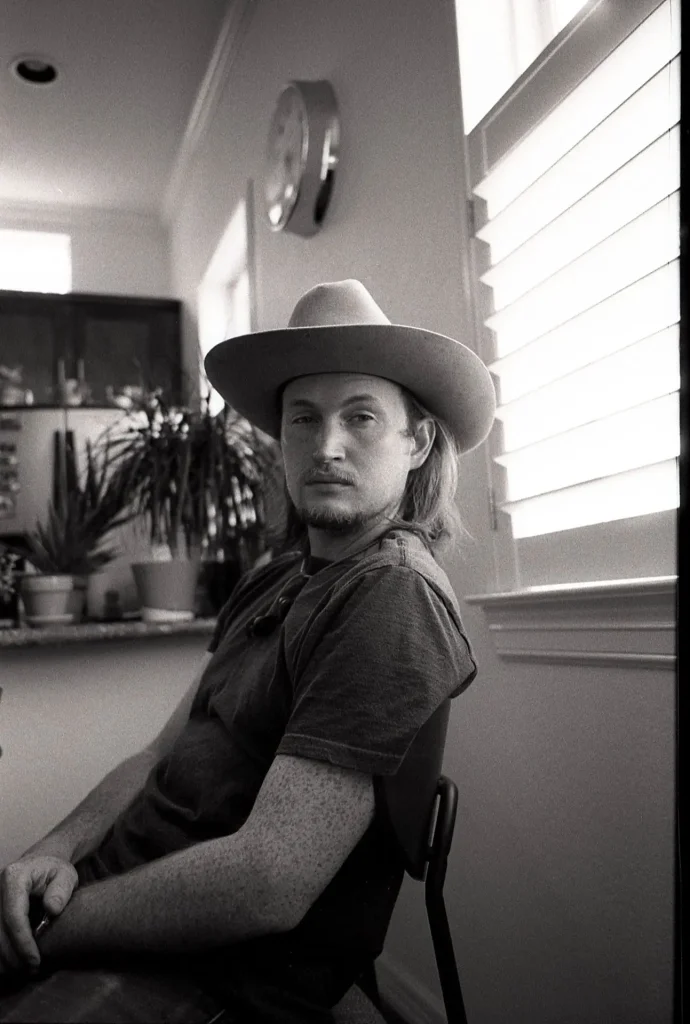
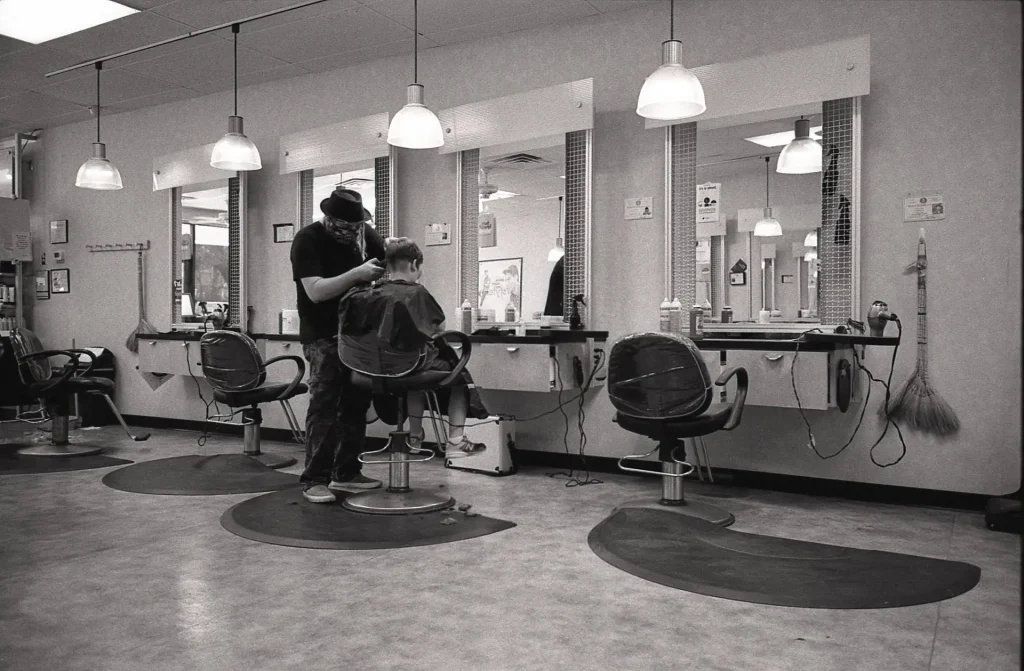
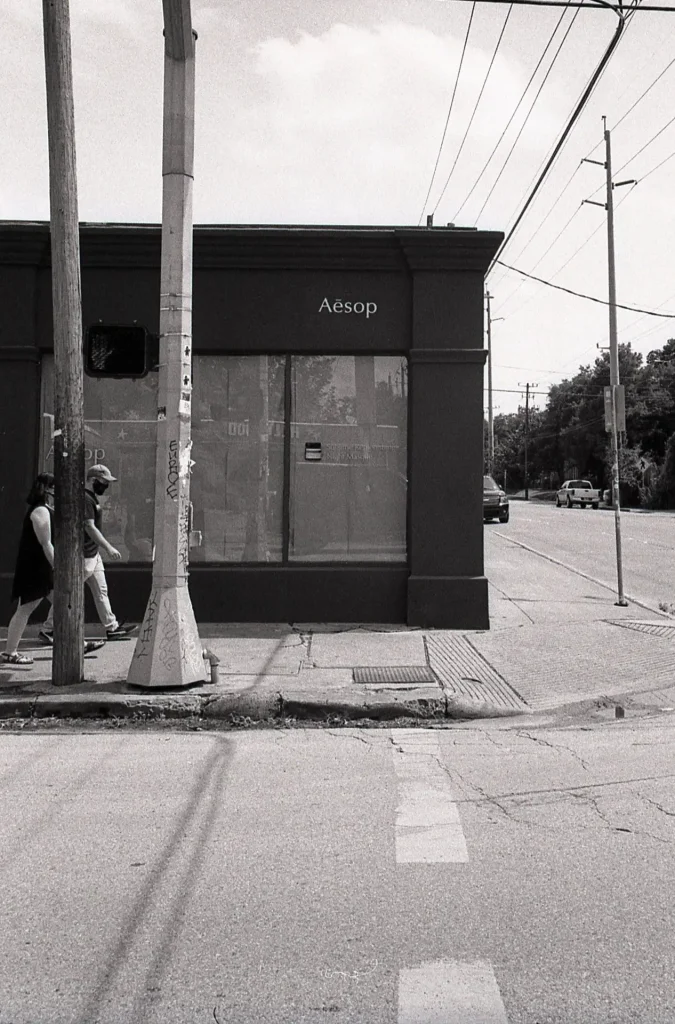
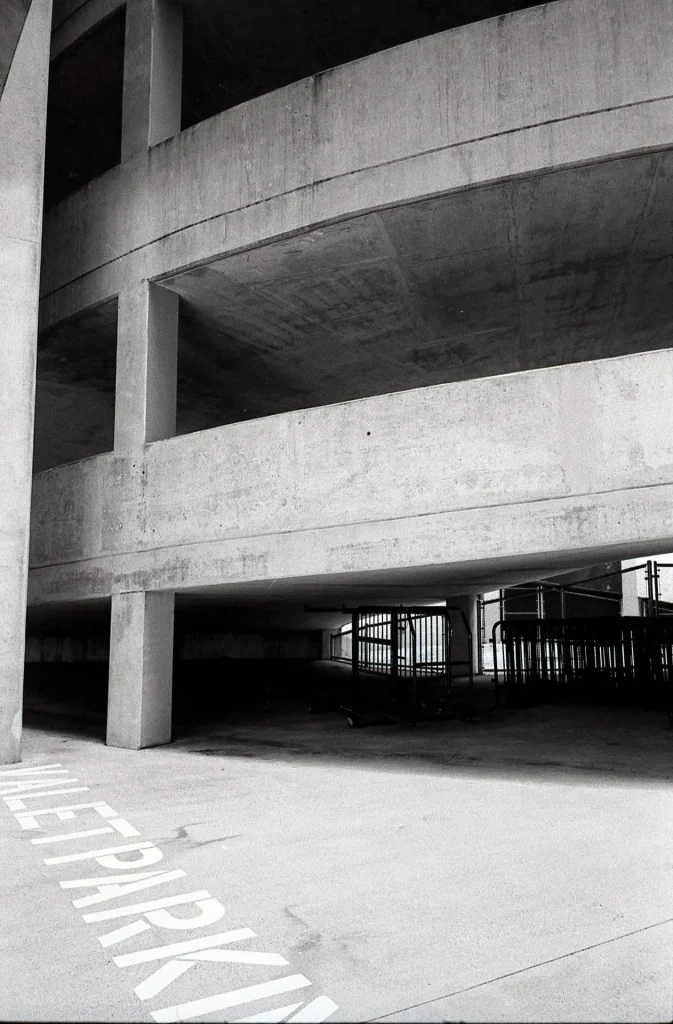
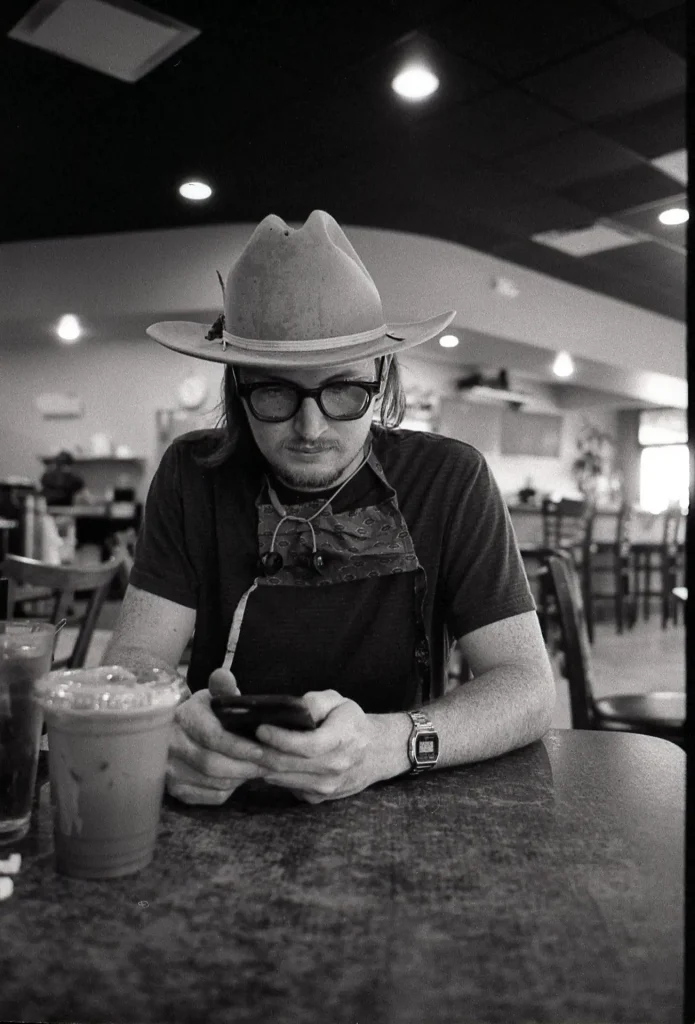
I’ve got an unopened bottle of Adox Rodinal, I’d really love to try some 400TX @ 800ISO using the semi stand development process, with dilutions of Rodinal to see what it does for the grain and contrast. The last few years have been using Kodak HC110 dilution B, one shot, because it’s easy to mix on the fly and the concentrate lasts forever. Looks like we have some rainy weather coming this weekend. Maybe I’ll throw another roll of 400TX in at 800 and see how it comes out with some Rodinal and semi-stand developing.
MichaelP
Film Only Instagram: @static.iso
Flickr Since 2006!
Share this post:
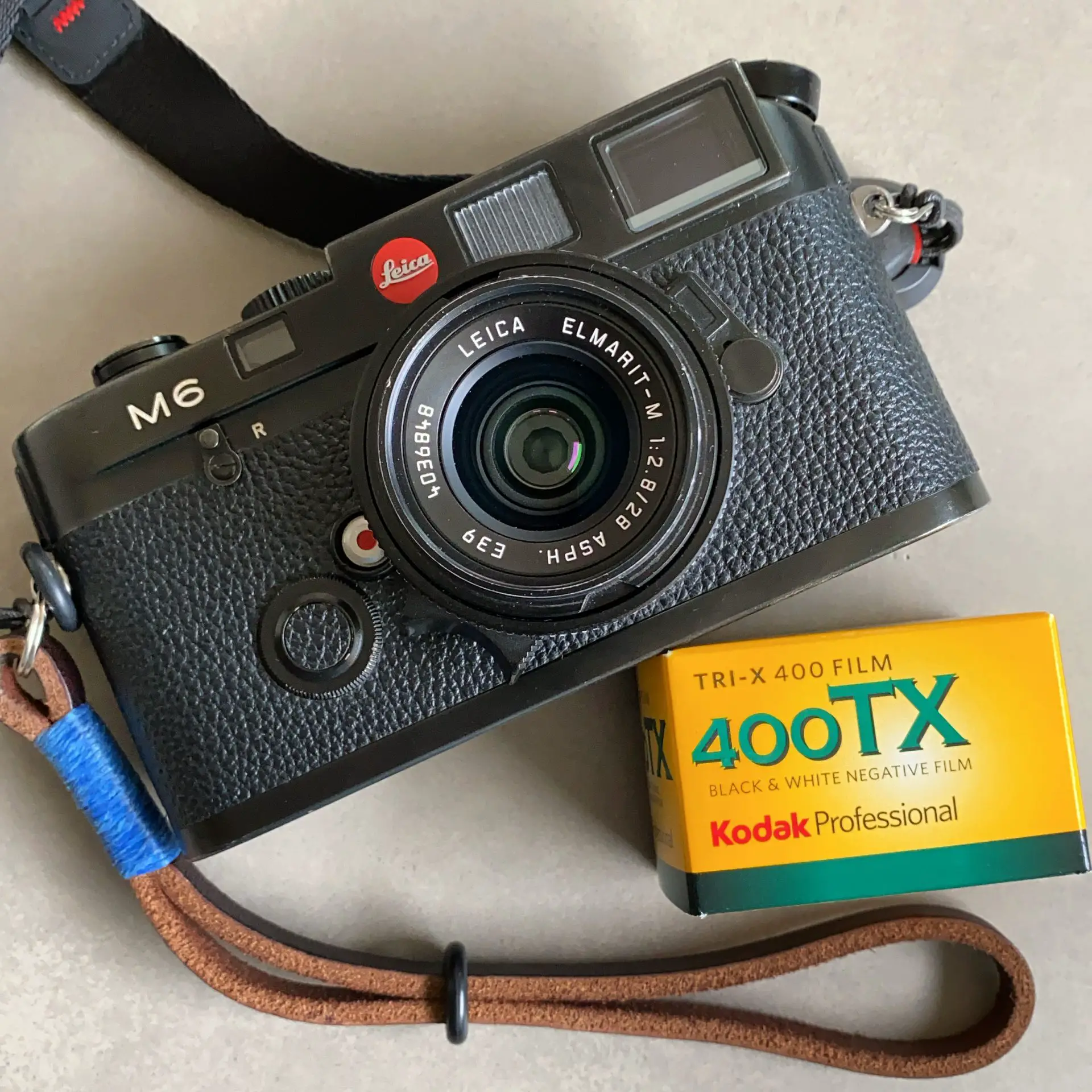
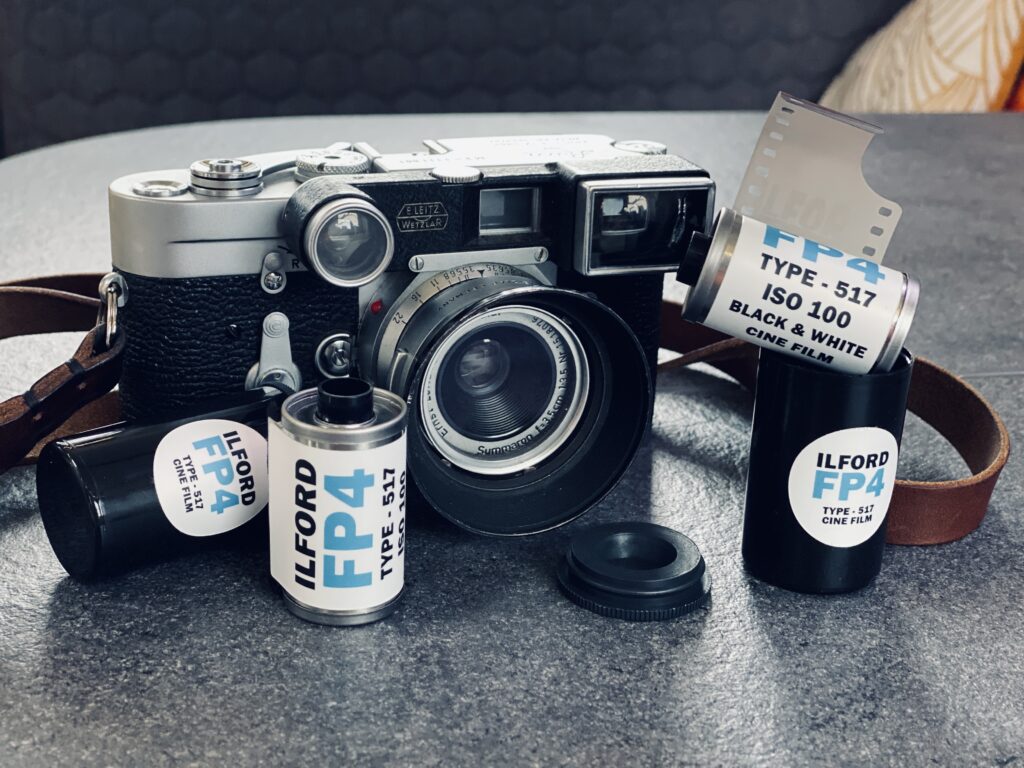
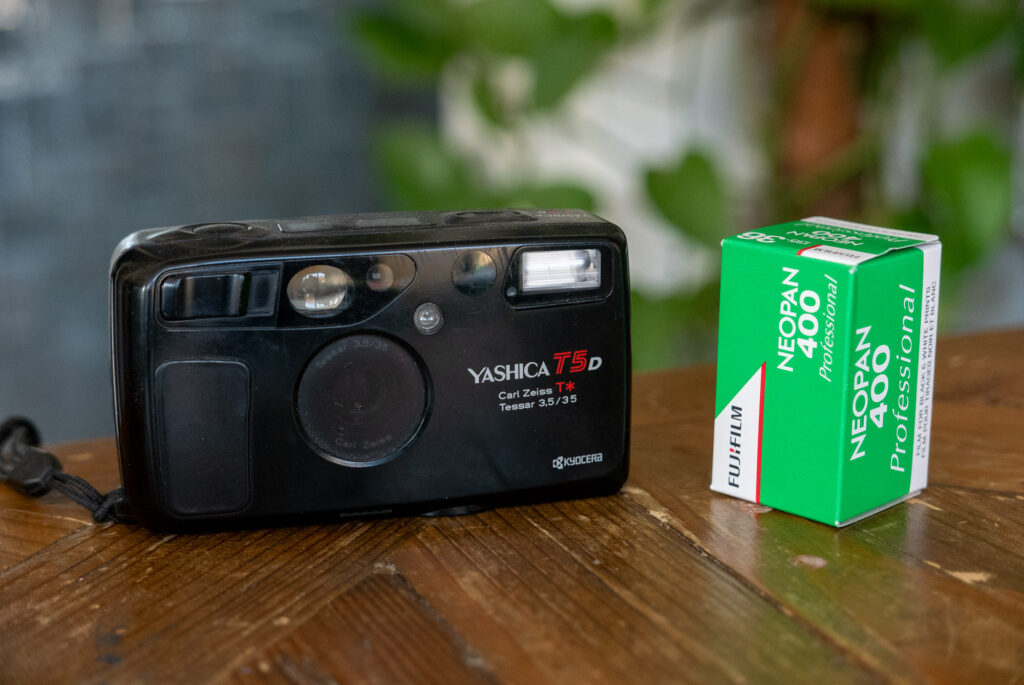
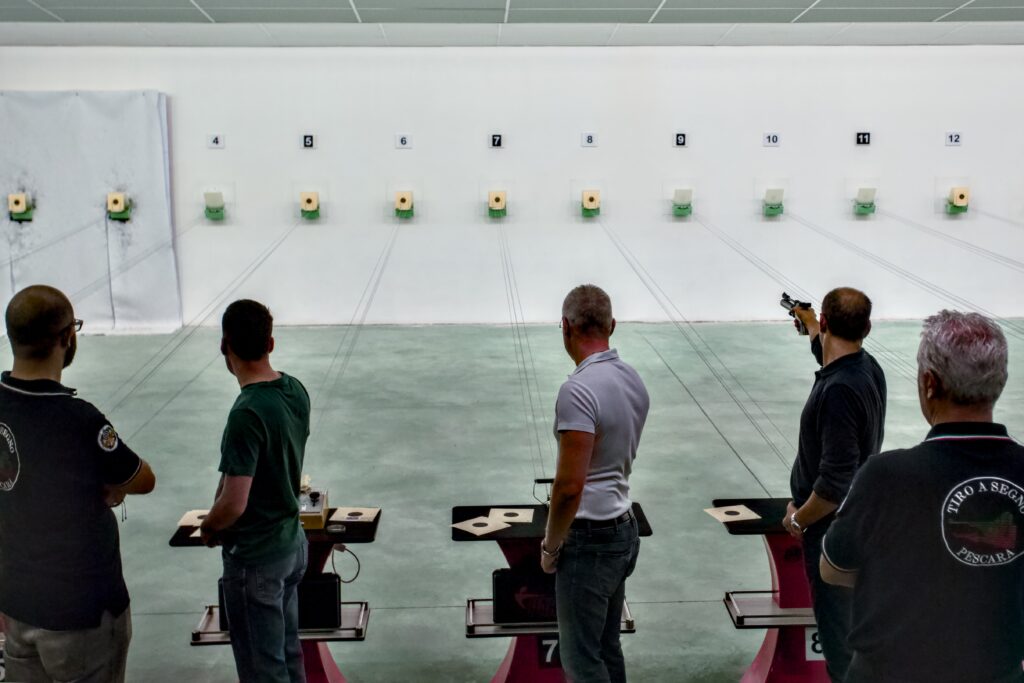
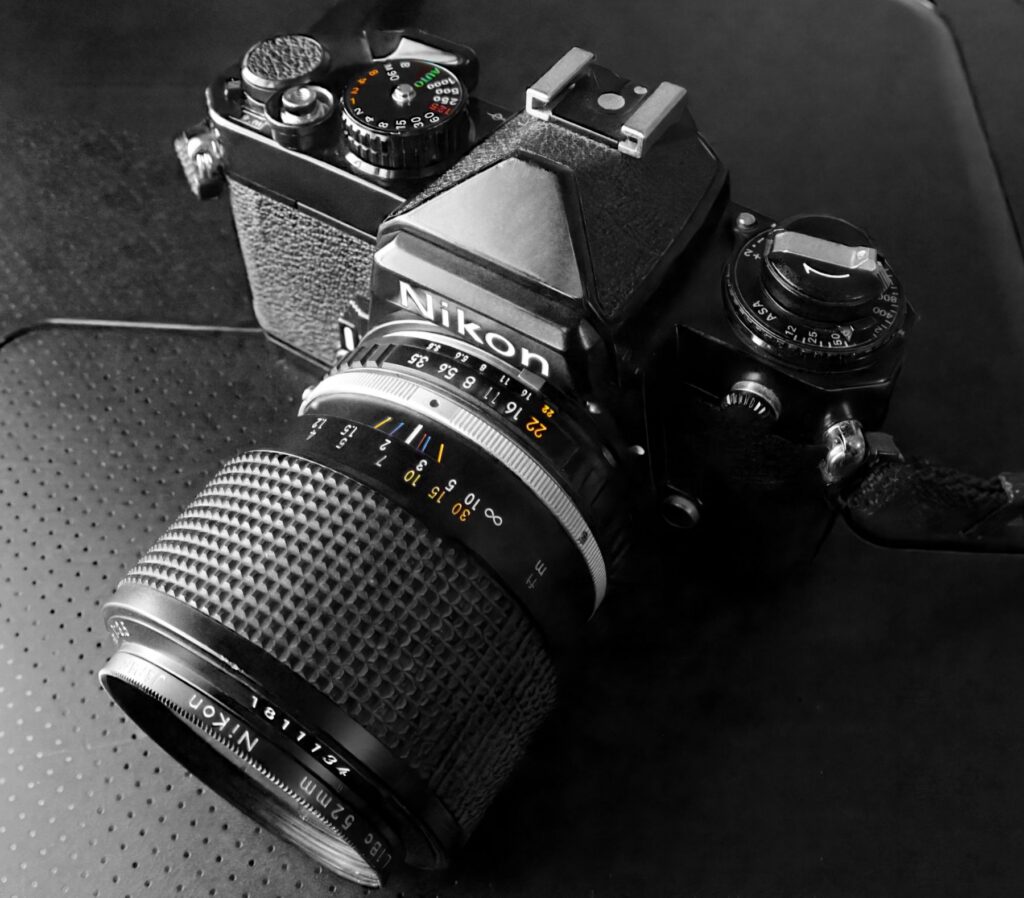




Comments
Bruno Chalifour on 5 frames with a Leica M6 and an Elmarit 28mm on Kodak 400TX (at EI800) – By Michael Palmer
Comment posted: 10/06/2020
Comment posted: 10/06/2020
Comment posted: 10/06/2020
Bruno Chalifour on 5 frames with a Leica M6 and an Elmarit 28mm on Kodak 400TX (at EI800) – By Michael Palmer
Comment posted: 10/06/2020
Comment posted: 10/06/2020
Comment posted: 10/06/2020
Bruno Chalifour on 5 frames with a Leica M6 and an Elmarit 28mm on Kodak 400TX (at EI800) – By Michael Palmer
Comment posted: 10/06/2020
Patrick on 5 frames with a Leica M6 and an Elmarit 28mm on Kodak 400TX (at EI800) – By Michael Palmer
Comment posted: 10/06/2020
Grady Carter on 5 frames with a Leica M6 and an Elmarit 28mm on Kodak 400TX (at EI800) – By Michael Palmer
Comment posted: 12/06/2020
Comment posted: 12/06/2020
Shooting Film. Updates. – mikedaddy.com on 5 frames with a Leica M6 and an Elmarit 28mm on Kodak 400TX (at EI800) – By Michael Palmer
Comment posted: 22/06/2020